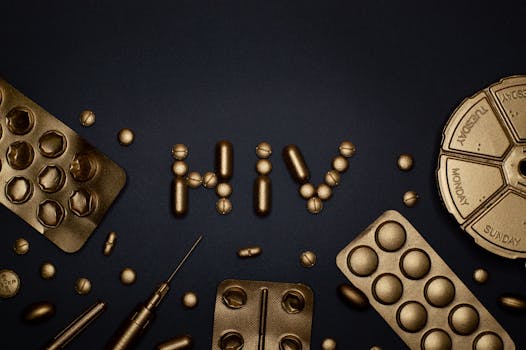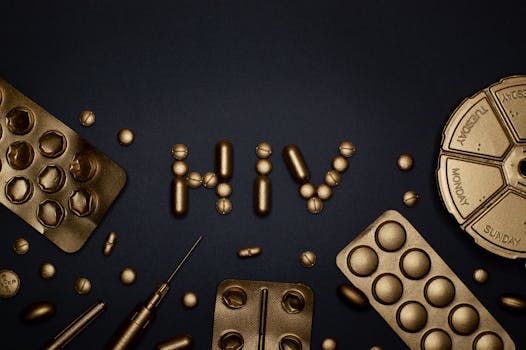
The Science Behind Vaccines and Public Health
Introduction to Vaccines and Public Health

The science behind vaccines and public health is a complex and multifaceted field that has evolved significantly over the years. Vaccines are a cornerstone of public health, and their impact on preventing the spread of infectious diseases cannot be overstated. In this article, we will explore the science behind vaccines, how they work, and their role in maintaining public health.
Vaccines have been instrumental in controlling and eliminating many infectious diseases, including smallpox, polio, and measles. The development of vaccines has been a result of tireless efforts by scientists, researchers, and healthcare professionals who have worked together to understand the mechanisms of infectious diseases and develop effective prevention strategies.
How Vaccines Work

Vaccines work by stimulating the body’s immune system to produce antibodies and immune cells that can recognize and fight specific infectious agents, such as viruses or bacteria. When a vaccine is administered, it introduces a harmless piece of a pathogen, such as a protein or sugar, to the body. This triggers an immune response, which prepares the body to recognize and fight the pathogen if it encounters it in the future.
There are several types of vaccines, including inactivated vaccines, live attenuated vaccines, and conjugate vaccines. Inactivated vaccines contain a killed or inactivated form of the pathogen, while live attenuated vaccines contain a weakened form of the pathogen. Conjugate vaccines combine a weakened pathogen with a carrier protein to enhance the immune response.
The Role of Vaccines in Public Health

Vaccines play a critical role in maintaining public health by preventing the spread of infectious diseases. By vaccinating a significant portion of the population, we can create herd immunity, which helps to protect vulnerable individuals who may not be able to receive vaccines, such as those with compromised immune systems or certain medical conditions.
Vaccines have also been instrumental in controlling and eliminating many infectious diseases. For example, the smallpox vaccine led to the global eradication of smallpox in 1980, while the polio vaccine has reduced the incidence of polio by over 99% since its introduction in the 1950s.
Challenges and Controversies Surrounding Vaccines

Despite the many benefits of vaccines, there are also challenges and controversies surrounding their use. One of the main concerns is vaccine safety, with some individuals expressing concerns about the potential side effects of vaccines. However, the scientific consensus is clear: vaccines are safe and effective, and the benefits of vaccination far outweigh the risks.
Another challenge facing vaccines is vaccine hesitancy, which refers to the reluctance or refusal to vaccinate due to concerns about safety, efficacy, or other factors. Vaccine hesitancy can have serious consequences, including outbreaks of preventable diseases and reduced herd immunity.
Conclusion

In conclusion, the science behind vaccines and public health is a complex and multifaceted field that has evolved significantly over the years. Vaccines are a cornerstone of public health, and their impact on preventing the spread of infectious diseases cannot be overstated. By understanding how vaccines work and their role in maintaining public health, we can appreciate the importance of vaccination and work to address the challenges and controversies surrounding their use. Ultimately, vaccines have the power to save lives, prevent suffering, and protect public health, making them a vital tool in our efforts to create a healthier, safer world.





